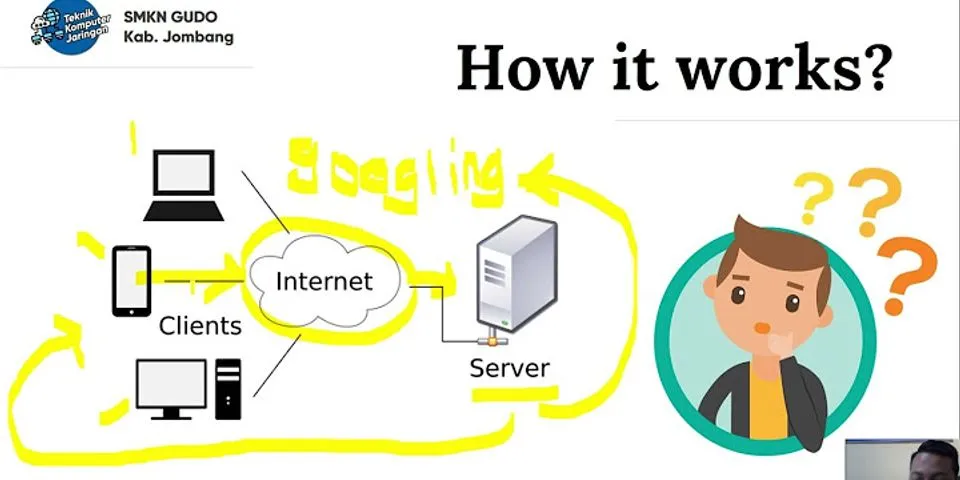A bank account for any organization is a must-have, and non-profits are no exception. Even though non-profits are given the status of “exempt organization” by the IRS, it doesn’t mean they don’t need to do business. A non-profit needs financial services such as a non-profit bank account in order to collect revenues, pay vendors, and invest in operations to achieve their missions. Still there are essential differences between an opening non-profit bank account versus a regular bank account, and there are rules non-profits should keep in mind to protect their status as a non-profit and ensure the bank, the government, and donors that their processes are on the up and up. Here are three things to keep in mind. Show
You must be a non-profitFor traditional accounts, banks are required to validate the account’s “beneficial owner” to ensure that the account is owned by a real person or entity. Non-profit organizations are exempt from that rule. However, they must present proof that they are a non-profit, and the bank will still do proper due diligence to validate who is opening the account. Based on this, to open a non-profit bank account, the organization must present their incorporation paperwork, their IRS tax identification number, and the IRS letter of Exempt Status. Some banks may have additional requirements, such as the minutes of the last meeting or the election of officers signed by the organization’s secretary. It is also important to not create issues or misgivings with the bank about who is opening the account. Having internal processes so there is consistency in officers and signatures can help. Two signatures are a good ideaOpening a corporate bank account often requires a dual signature on checks. This means two authorized signers must endorse any checks over a certain value. Non-profits are exempt from this rule as well. Still, it is an opportunity to check your bookkeeping and bylaws and take the opportunity to add similar rules to your processes. For example, it is a good policy to ensure that the person who handles the finances for your non-profit is not the same person who signs the checks. There should also always be two people to count and verify deposits. Further, if large expenditures or regular budget items are approved at a board meeting, they should be recorded in the meeting notes and minutes. These types of practices can provide protection for your non-profit bank account and assure the bank that you are operating in line with solid business standards. Great bookkeeping mattersIn order to prevent crimes and safeguard banking practices, banks are required to complete an IRS “Report of Cash Payments over $10,000 Received in a Trade or Business” any time they receive deposits of more than $10,000 in a single transaction or through two more related transactions. This rule applies to all businesses, including non-profits, as it might be common for non-profits to hold large fundraisers or get large checks from major donors. While these reports are often made and filed without incident, if there’s ever an issue it is important for a non-profit’s internal documentation to match what is reported to the IRS. It is great to get large donations, but what you present to the bank, to the IRS, and in your bookkeeping and board minutes should all tell the same story. Not having a consistent or accurate can raise red flags with the bank and can put your non-profit status in jeopardy. Banking systems for all businesses are important tools, and for non-profits they are just as essential. In addition, a lot of banks have programs and services available specifically for non-profit organization, such as waived monthly fees. Opening a non-profit bank account is a first step for non-profits in organizing their efforts and achieving their missions. And, it creates a paper trail for the bank and IRS that your non-profit is legitimate, honest, and legal when it comes to reporting income and expenditures. To learn more about the right financial products for your organization, contact your local team at M C Bank. Political committees must establish a bank account. This is required for many reasons, including helping keep committee funds separate from personal funds. This account will be used to deposit receipts and make disbursements. The account must be at one of the following:
The name and address of the bank must be listed on the committee's Statement of Organization (Form 1). Banks require you to have a taxpayer identification number to open an account. Political committees may obtain an “Employer Identification Number” online or by completing IRS Form SS-4. For questions about obtaining a taxpayer identification number, call the Internal Revenue Service, 1-800-829-3676. All bank accounts must be opened in the name of the committee using the committee’s Employer Identification Number. Bank accounts should never be opened in the name of an individual using an individual’s Social Security Number. Additional information for specific committeesPACs sponsored by corporations and labor organizationsA separate segregated fund (SSF) must use its own funds to pay taxes on interest income. Federal and state taxes on SSF funds are not considered administrative expenses payable by the connected organization. Publicly funded presidential campaign committeesThe full amount of presidential primary matching funds received must be deposited into a checking account maintained by the candidate's principal campaign committee in the depository designated by the committee on Form 1. General election grant payments received by a major party candidate must be deposited in a separate account maintained by his or her authorized committee, unless there is a deficiency in the Presidential Election Campaign Fund (the Fund). In the case of a deficiency, the candidate may establish a separate account for payments from the Fund or may deposit such payments with contributions received for legal and accounting expenses. The account(s) shall be maintained at a national bank, state bank, or other FDIC-insured institution. Can I set up a bank account for a fundraiser?To set up a fundraising bank account, you'll need to explain to the bank the purpose of your account and ensure you have all the information they need, likely including the beneficiary's Social Security number.
How do I set up a fund for someone in need?How to Raise Money for a Family in Need: 7 Crowdfunding Tips. 7 fundraising tips on how to help a family in need. ... . Speak to the family directly. ... . Write a compelling fundraiser story. ... . Add photos and/or videos. ... . Reach out to close friends and family first. ... . Create a plan to share your fundraiser.. Can I fundraise for an individual?Who Uses Personal Fundraising? The great thing about personal fundraising is that anyone can create a fundraising page to raise money for themselves or someone in need. People all over the world are creating fundraising pages to help cover tuition, medical expenses, and so much more.
What is a donation bank account?An account that offers a savings rate with the convenience of a checking account. This innovative account allows you to designate a charity and the bank will make a contribution on your behalf.
|

Pos Terkait
Periklanan
BERITA TERKINI
Toplist Popular
#1
#2
#4
#5
#6
#7
Top 8 apa itu benedict dan biuret? 2022
1 years ago#8
#9
#10
Top 6 apa itu self pick up grabfood? 2022
1 years agoPeriklanan
Terpopuler
Periklanan
Tentang Kami
Dukungan

Copyright © 2024 toptenid.com Inc.


















